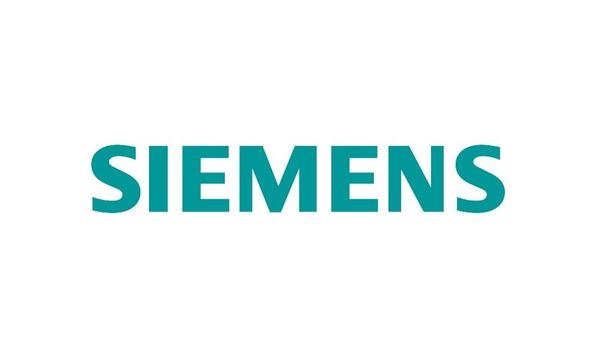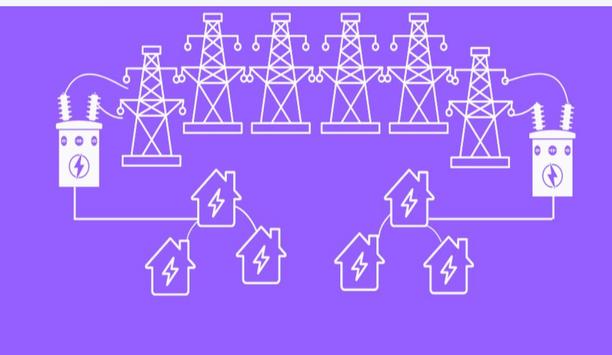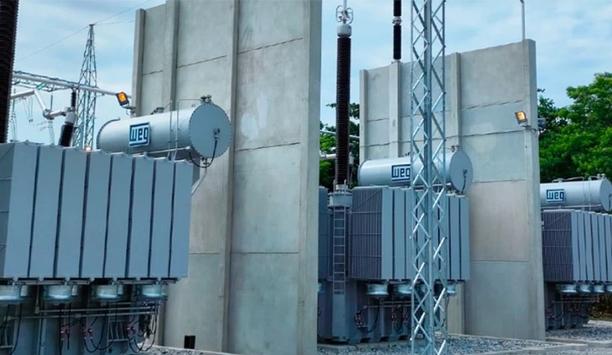In recent years, electric vehicles (EVs) have gained significant traction as a sustainable alternative to traditional combustion engine vehicles.
With the growing adoption of EVs, especially in fleet operations, effective management of charging infrastructure and energy consumption becomes paramount. In this article, they will delve into various strategies for optimizing charging and energy consumption in electric vehicle fleet management.
Smart Charging Infrastructure
Implementing a smart charging infrastructure is essential for optimizing the charging process in an EV fleet. Smart chargers are equipped with advanced features such as load management, scheduling, and remote monitoring, allowing fleet managers to efficiently allocate charging resources.
By leveraging real-time data and predictive analytics, smart chargers can dynamically adjust charging rates based on factors like grid demand, energy prices, and vehicle usage patterns, thereby optimizing energy consumption and reducing operational costs.
Vehicle-to-Grid (V2G) Integration
V2G integration also provides flexibility in managing energy consumption by allowing fleet managers
Integrating V2G technology enables bidirectional energy flow between EVs and the grid, allowing vehicles to not only draw power for charging but also discharge excess energy back to the grid during peak demand periods. This two-way communication facilitates grid stability and enables fleet operators to monetize their EV batteries as grid assets, thereby offsetting charging costs and generating additional revenue streams.
V2G integration also provides flexibility in managing energy consumption by allowing fleet managers to prioritize between charging vehicles and supporting grid services based on real-time demand and market conditions.
Demand Side Management (DSM)
DSM strategies involve actively managing energy consumption patterns to optimize resource utilization and minimize costs. Fleet operators can implement DSM techniques such as load shifting, peak shaving, and demand response to strategically control when and how vehicles are charged based on factors like time-of-use tariffs, grid constraints, and operational requirements.
By staggering charging schedules and prioritizing low-demand periods, fleet managers can mitigate peak demand charges and take advantage of off-peak electricity rates, resulting in significant cost savings and reduced strain on the grid.
Fleet Optimization Algorithms
Advanced fleet optimization algorithms utilize ML and optimization plans to analyze data
Advanced fleet optimization algorithms utilize machine learning and optimization techniques to analyze historical data, predict future demand, and optimize charging schedules in real time. These algorithms take into account various factors such as vehicle availability, battery state-of-charge, charging station capacity, and operational constraints to dynamically adjust charging priorities and allocation strategies.
By continuously optimizing charging schedules based on evolving conditions and user preferences, fleet optimization algorithms can maximize fleet efficiency, minimize charging downtime, and ensure optimal resource utilization while balancing energy consumption across the fleet.
Renewable Energy Integration
Integrating renewable energy sources such as solar and wind power into the charging infrastructure enables fleets to reduce their carbon footprint and dependence on fossil fuels while also providing a more sustainable energy supply.
By strategically pairing renewable energy generation with EV charging, fleet operators can minimize grid dependency, mitigate energy costs, and achieve greater energy independence. Additionally, implementing energy storage solutions such as battery storage systems enables fleets to store excess renewable energy for later use, further enhancing energy resilience and reducing reliance on the grid during peak demand periods.
Vehicle Routing and Telematics
Telematics systems also provide valuable insights into vehicle version, battery health, and driver behavior
Utilizing vehicle routing and telematics systems allows fleet managers to optimize route planning and vehicle deployment based on factors like vehicle range, charging station locations, and real-time traffic conditions. By integrating charging station locations into route optimization algorithms, fleet operators can minimize detours and downtime associated with charging, ensuring efficient use of resources and maximizing fleet productivity.
Telematics systems also provide valuable insights into vehicle performance, battery health, and driver behavior, enabling proactive maintenance and optimization of energy consumption across the fleet.
Conclusion
Effective management of charging infrastructure and energy consumption is crucial for optimizing the performance and sustainability of electric vehicle fleets.
By implementing smart charging infrastructure, integrating V2G technology, leveraging demand side management strategies, deploying fleet optimization algorithms, integrating renewable energy sources, and utilizing vehicle routing and telematics systems, fleet operators can maximize operational efficiency, minimize costs, and reduce environmental impact. As the adoption of electric vehicles continues to rise, implementing these strategies will be essential for achieving sustainable and cost-effective fleet management in the future.






